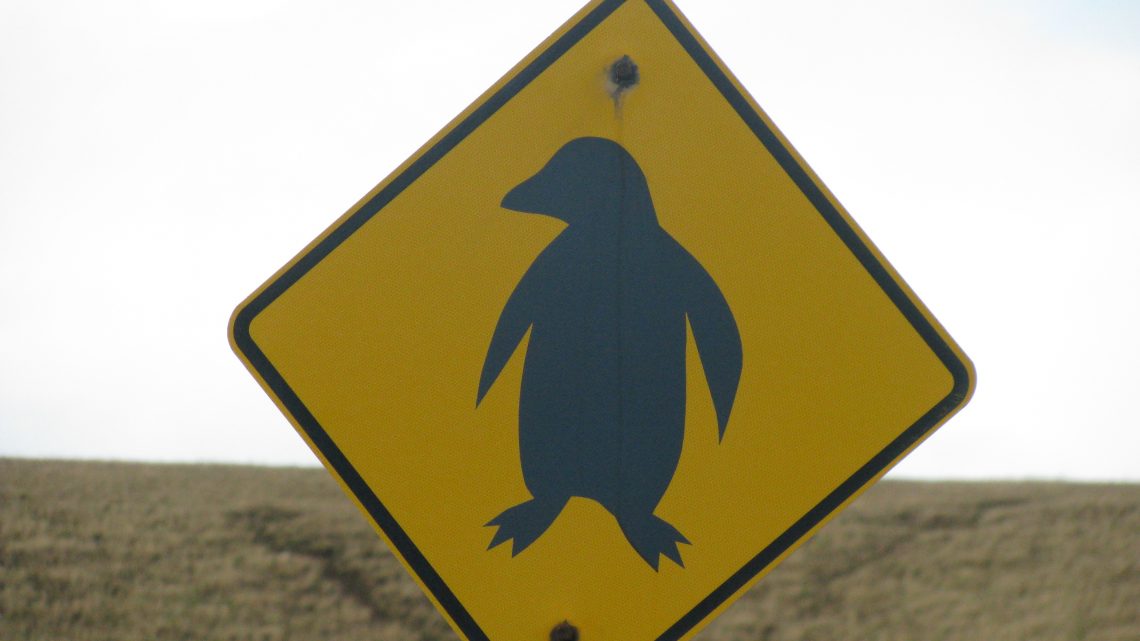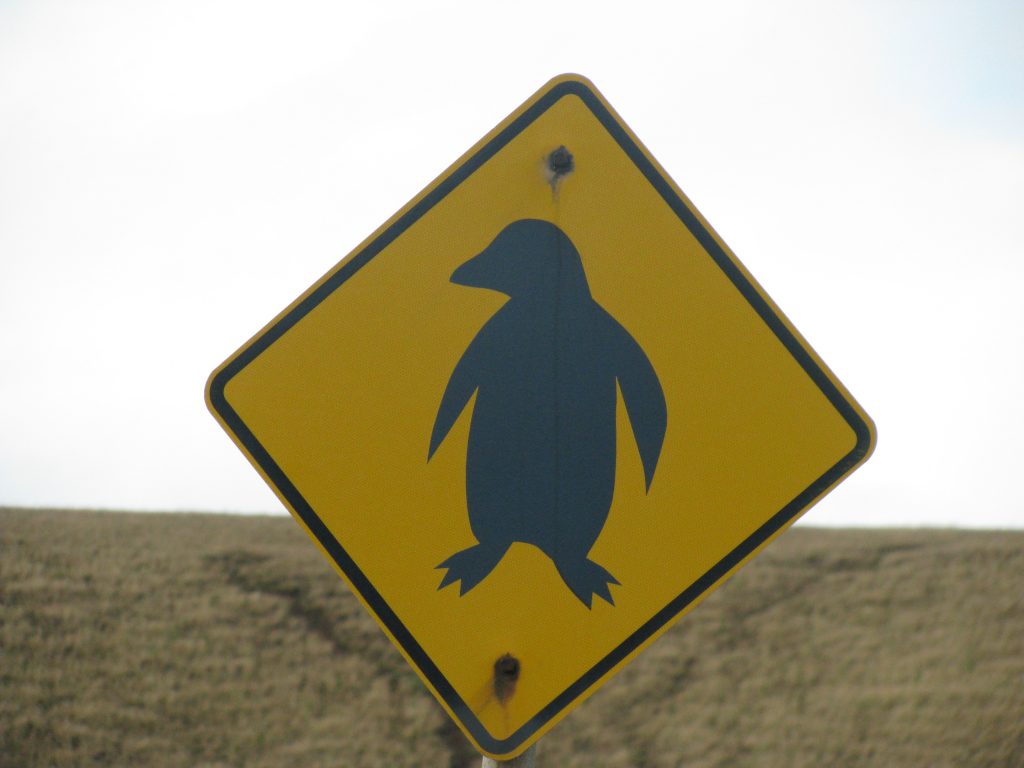
It’s mid-September and I’m approaching the three-quarter mark in my virtual walk from my home in Washington, DC, to the town of Smartt, TN—some 624 miles away. I’m ahead of schedule, thanks to there being plenty of lovely things for me to walk to and around in my new city. Last year, I walked 514 figurative miles from my home in Portland, OR, to Bliss, ID (hashtag #WalkingtoBliss). Once I’d made the distance, I hopped in my car and drove there to see just what Bliss was like. There’s a hot spring, so it doesn’t disappoint.
Why am I doing this? The best answer I have is: Why not? I want to have a walking goal every year, and since I’m effectively just walking around my city taking photos of flat roadkill for my friend Erik (ping me if you wanna read that blog), it’s nice to have a destination, even if it’s a thinly veiled metaphor. (Next year, I’m “walking” to Chance, AL, some 893 miles and a whole lotta mosquitoes. Bring it on.)
Names have power, and place names convey more than just dot points on a map. Often, they betray the intentions, failures, or triumphs of pioneer inhabitants. And that’s interesting to me. Side note: Many of these spots already had Indigenous place names, which were frequently bastardized or obliterated by colonials. Cos you know what this country needs? A 92nd town called Washington. You will be pleased to know some landmarks are being returned to their Indigenous names now.
I will often go out of my way to visit fun or funny-sounding place names, like DC’s own Foggy Bottom, and the nearby towns of Burnt Chimney, VA, and Bacon Switch, DE. My favorite place in town for a good bloodletting is the Red Cross HQ, very aptly named after a blood bank pioneer, the Dr. Charles E Drew Blood Donation Center.
Who wouldn’t take a detour via Come by Chance, in northern New South Wales, Australia, or stop for a bite in Two Egg, Florida?
But I also love horrible place names. You should have seen the speed at which I booked an Airbnb in the Great Dismal Swamp (which is actually super rad), just moments after finding out it existed. In the south, gators peek out of Blackwater everything. In the east of England, there is the surprisingly picturesque town of Great Snoring (and the nearby village Lesser Snoring). It may or may not be a good idea to visit Truth or Consequences in New Mexico. There are countless Deception Bays and Mount Miserys around, and lots of desert locales called Hell. Though none of these places quite beat the Slough of Despond on the Bruce Peninsula, a half-day’s drive northwest of Toronto. Though to be honest, it doesn’t look like much.
The journey is the destination
Sometimes we gave the trails themselves sweet monikers, rather than the destination—like the Highline, the Pacific Crest Trail, or the National Pass Walk.
Pioneers of what became the United States often used the word trace to describe a trail that followed established animal paths, such as the Natchez Trace through Tennesee and Mississippi (meet you there?). Back home in Australia, we often use the word track to describe a difficult chunk of road, as in the Birdsville Track, which is a journey not for the faint of heart that was created by cattle drovers through the desert. (New Zealand’s Milford Track, however, is maybe heaven on earth.)
We ramble, we amble, we bushwalk, we roam. The Right to Roam is a landmark law in the UK that allows hikers and bicyclists to cross private land, provided they take a direct route and try not to wreck the place. Without it, large swaths of the patchworked, stone-walled British Isles would be off-limits. I would not have had the life-changing experience of cycling the Mournes, and Madonna would have to find something else to complain about.
Lending a name and a new layer of meaning

Sometimes a normal-sounding place name creates hilarity in context. Anecdotally, when cannabis became medically legal in California in 1996, Oregonians would cross the border on the I5 to buy it on the secondary market. What was their border city of choice? Weed, California. This story is almost certainly apocryphal—any longtime Oregon resident will tell you weed has always been available in the state’s population centers—but either way, the funny place name has created a local tourist economy as travelers stop for a selfie and some Weed-themed merch like trucker hats and koozies.
Wandering around the town of Penguin on the island of Tasmania, Australia (home of another Big Thing—the Big Penguin!), my ex and I were prone to fits of giggles as we noticed a great number of the businesses had taken on the town’s name to hilarious results. The Penguin Bowling Club, Penguin War Memorial, and the Penguin Butcher were some evocative favorites.
One thing that does annoy me, for the same reasons I love all the names above, is when housing tract developers flatten forests, fill in lakes, and smooth escarpments to build endless beige suburbs and then name them after the beautiful thing they destroyed to put the estate in! You took a nice tract of unimproved (unimprovable!) land and carved into it an Erector Set traffic circle hellscape that looks like someone dumped a bowl of spaghetti on the exurbs from the sky. Lakeview Heights, my fucking foot!